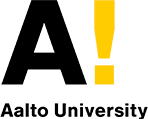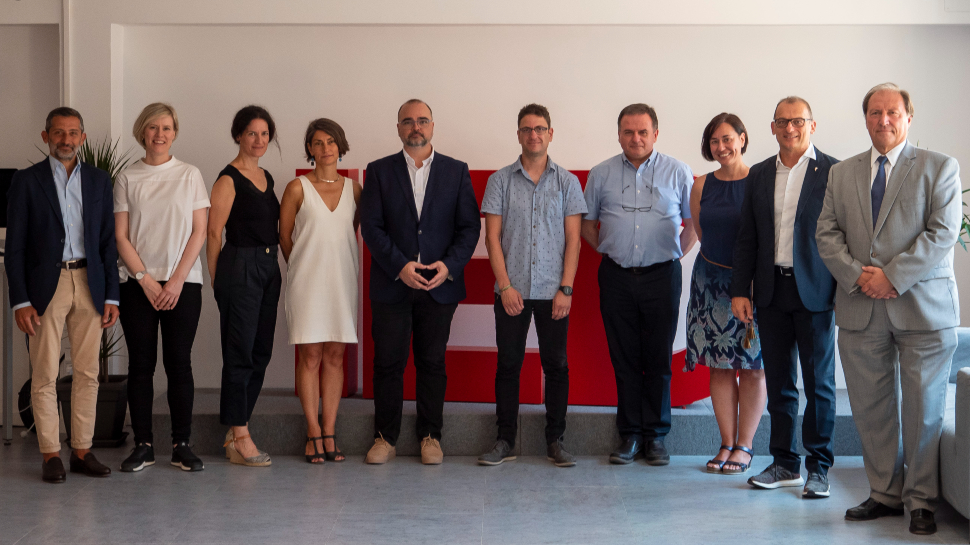Cement is widely used as a binder to strengthen soil on infra construction sites where soft clay challenges the durability of foundations. However, cement is the world’s third largest carbon emitter after the dairy and fossil fuel industries, and pressure is mounting to reduce its use in the construction industry.
Researchers at Aalto University and VTT Technical Research Centre of Finland have successfully developed a bio-based binder material that can significantly reduce carbon emissions from infrastructure construction.
‘Biochar is a carbon-negative material that is a by-product of the biofuel industry. Its use as a binder in ground improvement instead of cement can reduce emissions from binder manufacturing by up to 75% –– without compromising the durability of structures,’ says Sanandam Bordoloi, Assistant Professor of Geotechnical Engineering at Aalto University.
The researchers aim to go even further, making ground improvement itself carbon-negative by using infrastructure as carbon sinks. In their latest study, the team managed to bind CO2 gas in a stable, solid carbonate form within the cementitious clay layer. The technology has implications for the development of next-generation cementitious building materials for the construction industry.
‘Until now, no one had succeeded in binding carbon dioxide in the weak clay that is problematic for construction,’ explains Professor Leena Korkiala-Tanttu, Senior Advisor at Aalto. ‘Our technology could be a paradigm shift in reducing the need for cement — especially for ground improvement applications wherein clay is stabilised with cement. Now, instead of cement, we can turn our attention to biochar and other similar recycled industrial by-products, which work very well both technically and in terms of reducing emissions.’

About Aalto University
AALTO University is a multidisciplinary university in the fields of Science and Technology, Economics, Architecture, and Art and Design. It has 409 faculty members and a student body of 20,000, 70% of which are students in Science and Technology. AALTO University was founded in 2010 by merging three Finnish universities: The Helsinki School of Economics, The University of Art and Design Helsinki, and Helsinki University of Technology. The three schools are all leading institutions in their respective fields and in their own right. Aalto University is a multidisciplinary community where Science and Art meet Technology and Business. The university is committed to identifying and solving grand societal challenges and building an innovative future.
Cement is widely used as a binder to strengthen soil on infra construction sites where soft clay challenges the durability of foundations. However, cement is the world’s third largest carbon emitter after the dairy and fossil fuel industries, and pressure is mounting to reduce its use in the construction industry. Researchers at Aalto University and […]



